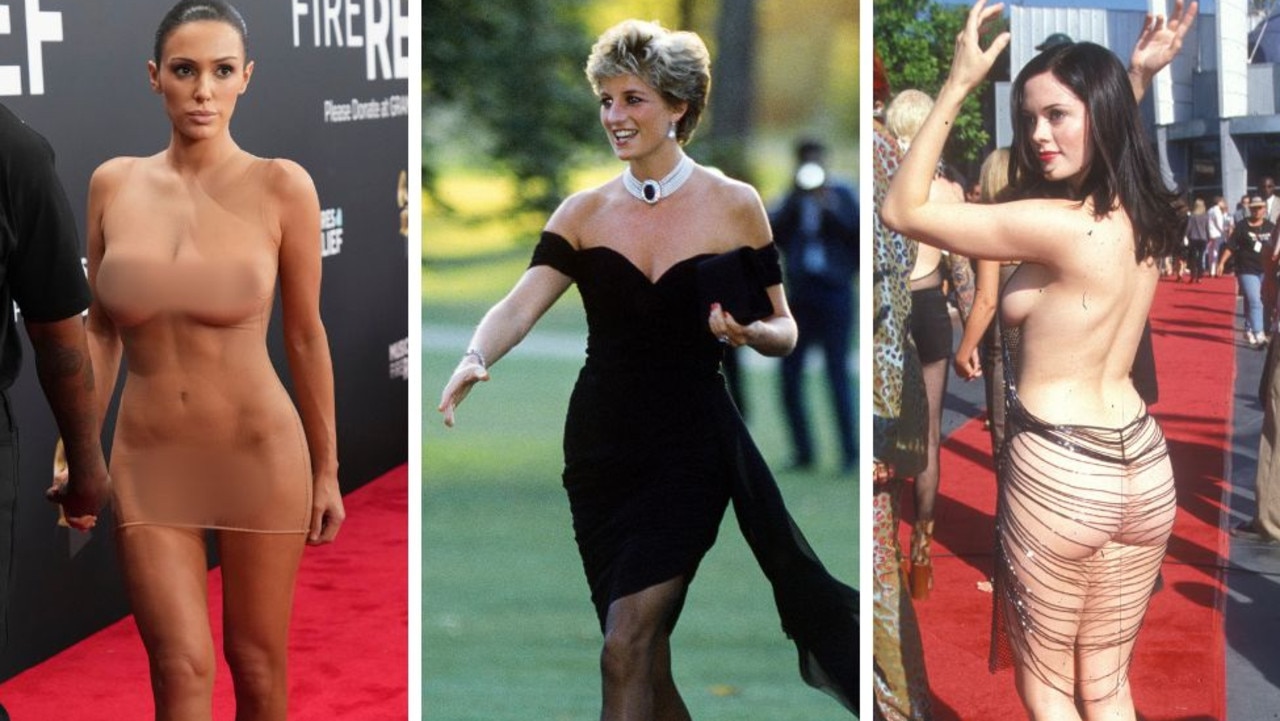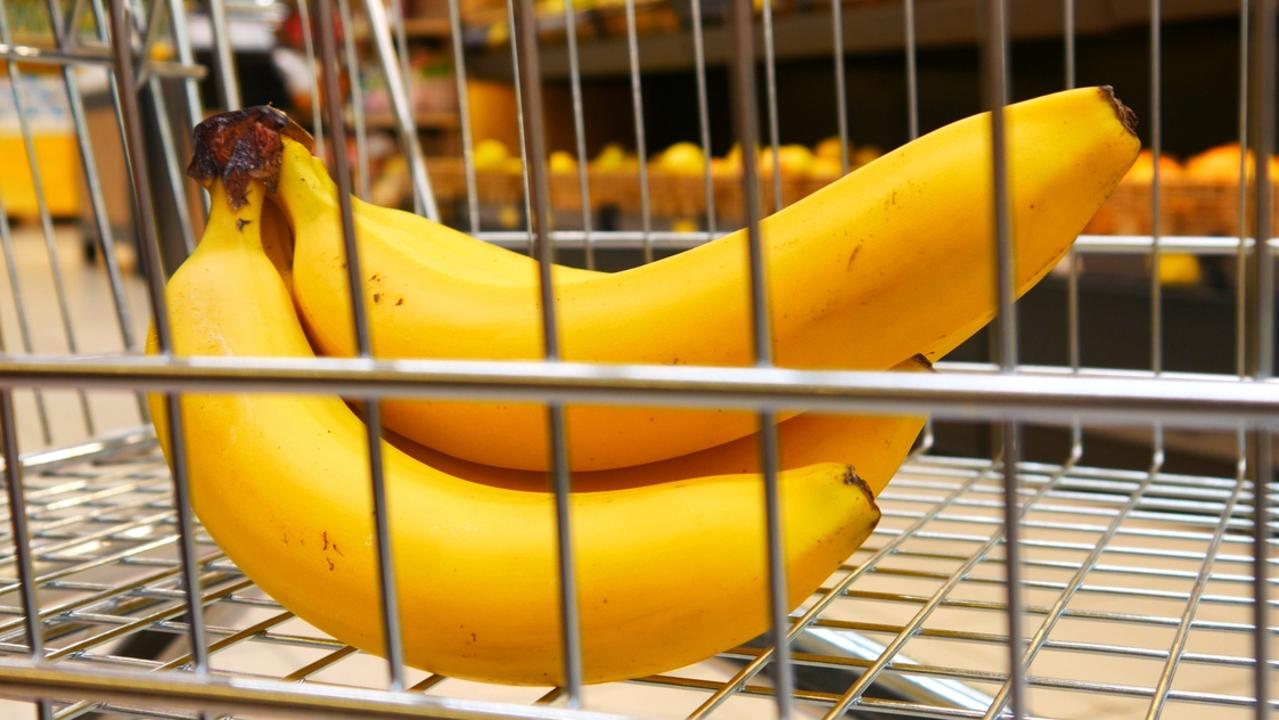Nearly a million Aussie households eligible for electricity rebates are struggling to apply for them
An investigation has revealed only one in nine eligible Australian households are receiving energy relief payment. See why and how you can shave hundreds of dollars off your power bills.
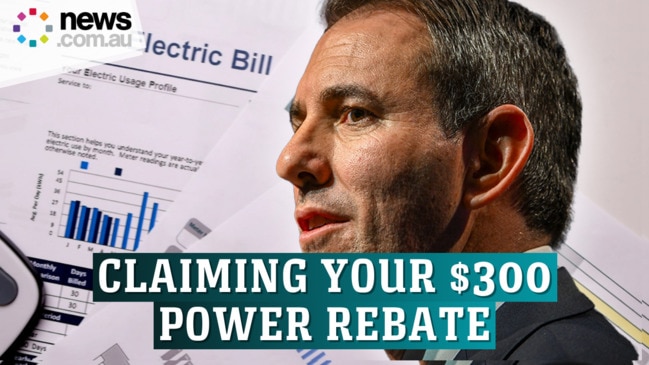
Nearly a million struggling households that qualify for state-run energy rebates worth hundreds of dollars a year are missing out on the relief – because they don’t know about the help or applying is too complex – prompting top consumer advocates to call for the discounts to be applied automatically.
An investigation by this masthead reveals some electricity and gas bill concessions are being paid to just one in nine eligible households.
Peak advocacy body Energy Consumers Australia’s CEO Brendan French said too many consumers were missing out.
Dr French said the process for applying could be “unnecessarily confusing and complex.”
“We would like to see concessions and rebate systems automated, so consumers automatically receive the support they need – and portable so if someone changes supplier, they continue to receive that help,” he said.

Consumer Policy Research Centre (CPRC) CEO Erin Turner said: “We need to start thinking about how we automatically apply these things where possible.”
Group-buying network One Big Switch’s campaign director Joel Gibson said: “We’ve got to make these rebates watertight or there’s no point having them.
“The cynic in me says governments kind of like it when these schemes are under-subscribed.”
The most egregious example identified in this masthead’s investigation is in NSW, where an energy rebate worth up to $250 annually went to 11 per cent of eligible households.
About 400,000 NSW families qualified for the support, but just 45,800 received it in 2022-23, official data shows.
The total amount paid out was $5.1 million. If it had gone to all those eligible, $46.5m would have been received.
NSW is the only state to publish detailed information on uptake of its rebates.
A NSW government spokeswoman said it was “reviewing its … approach to streamline existing rebates, improve the customer experience and ensure support reaches customers who need it most.
“The review aims to consolidate the existing six energy rebates to simplify the customer journey and application process and support increased uptake.”
The Victorian government said it appeared about 16 per cent of the state’s concession card holders were not getting utilities assistance. For electricity alone, that equates to more than 170,000 households.
The South Australian government couldn’t say what proportion of qualifying consumers were missing out.
South Australian Human Services Minister Nat Cook said households “must apply to receive concessions” because eligibility is based on a variety of criteria including income, Centrelink payments and the circumstances of other members in the household.
The Queensland government said it didn’t have any data on rebate take-up rates.
CPRC’s Ms Turner said “governments should be doing this as part of project evaluation.
“If you are announcing a new (rebate), do you know that the last one worked?”
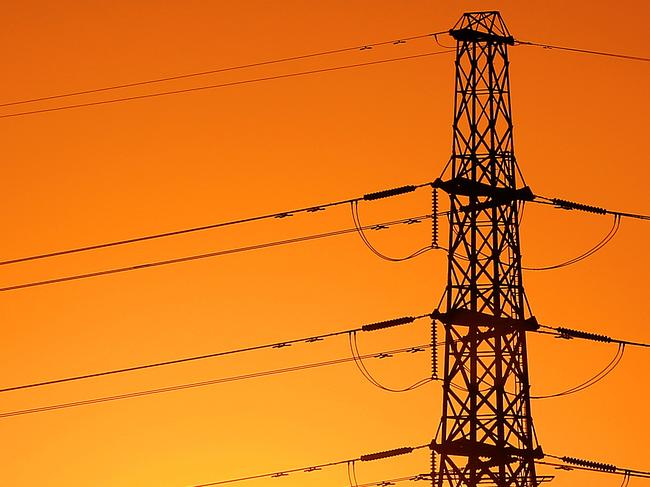
CPRC research covering NSW, Victoria, Queensland, SA, Tasmania and the ACT – home to a combined 88 per cent of Australians – found about 920,000 households are missing out on rebates.
This masthead requested data from the WA government and its power company Synergy did not provide data.
In June this year, the Melbourne Institute released a report that found over 35 per cent of Australians have a concession card, but only a third knew that made them likely to be eligible for an energy concession.
Recent federal energy bill rebates were applied to bills automatically.

AUSSIE FAMILY SHAVES THOUSANDS OFF POWER BILLS
After Darryl and Kelly Read bought a house for their growing family, he had a close look for information on government rebates for installing rooftop solar and batteries.
“I did a lot of research,” Mr Read said, “and I found I had no idea at all how it worked.
“There are so many advertisements but there is no explanation. It’s bizarre.”
In the end, Mr Read got the information he needed, because he knew the owner of Smart Energy, which has put solar on more than 20,000 homes across Australia.
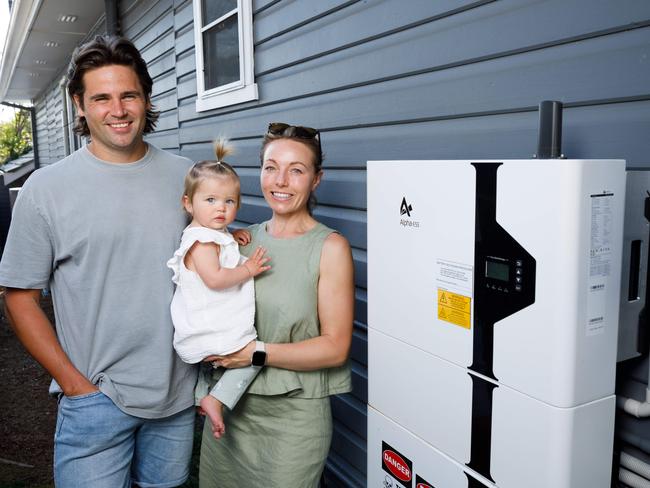
He was able to shave several thousand dollars off the cost of his system – which in turn should reduce his power bills.
But it should have been so much simpler.
“If there is a government scheme there should be a central point that explains it,” Mr Read, of Caringbah in Sydney’s south, said.
Not everyone can turn to someone they personally know inside the industry to get a handle on how the world of energy rebates work.
And that means many households miss out, said Asha Ramzan, who helps to run Sydney’s Voices for Power energy literacy program, which has helped thousands of people whose first language isn’t English.
She recalled hearing the story of a pensioner grandmother who bought a solar system after her children, who lived with her, chipped in from their own low incomes.
What she didn’t know was that she was eligible to get the system for free, by swapping her rebates for rooftop panels.
The process is complex and daunting, Ms Ramzan said.
More Coverage
Originally published as Nearly a million Aussie households eligible for electricity rebates are struggling to apply for them




